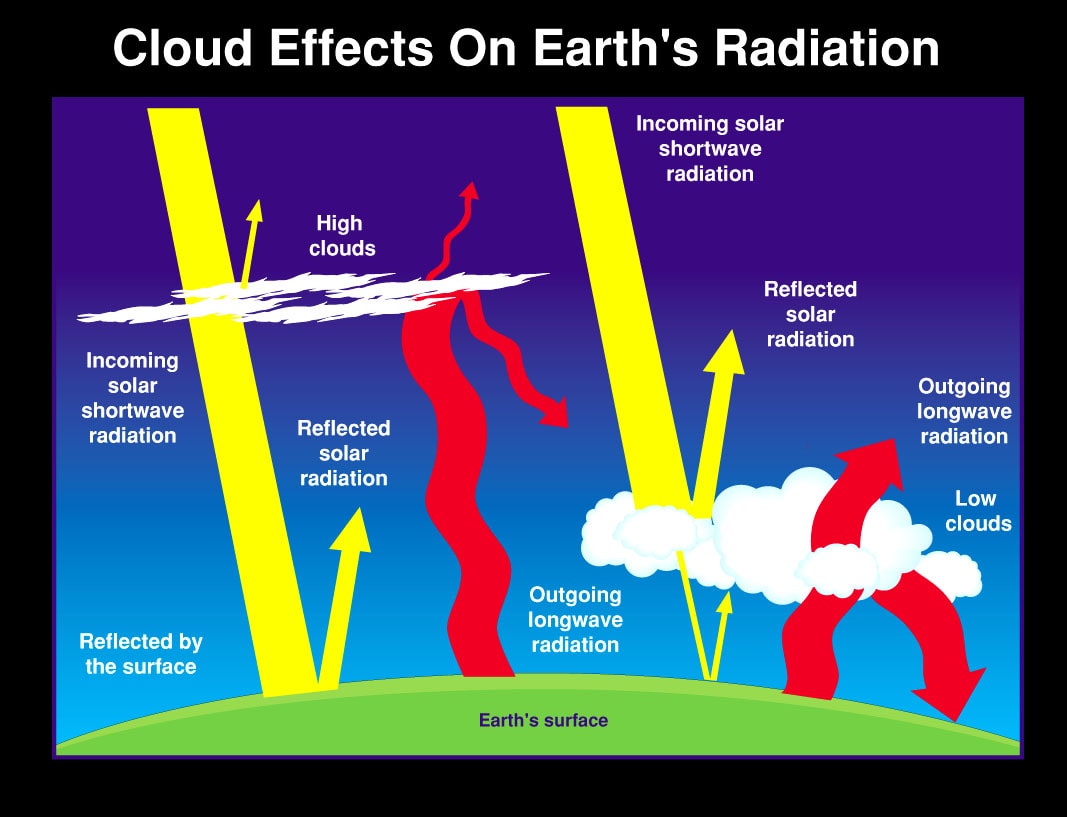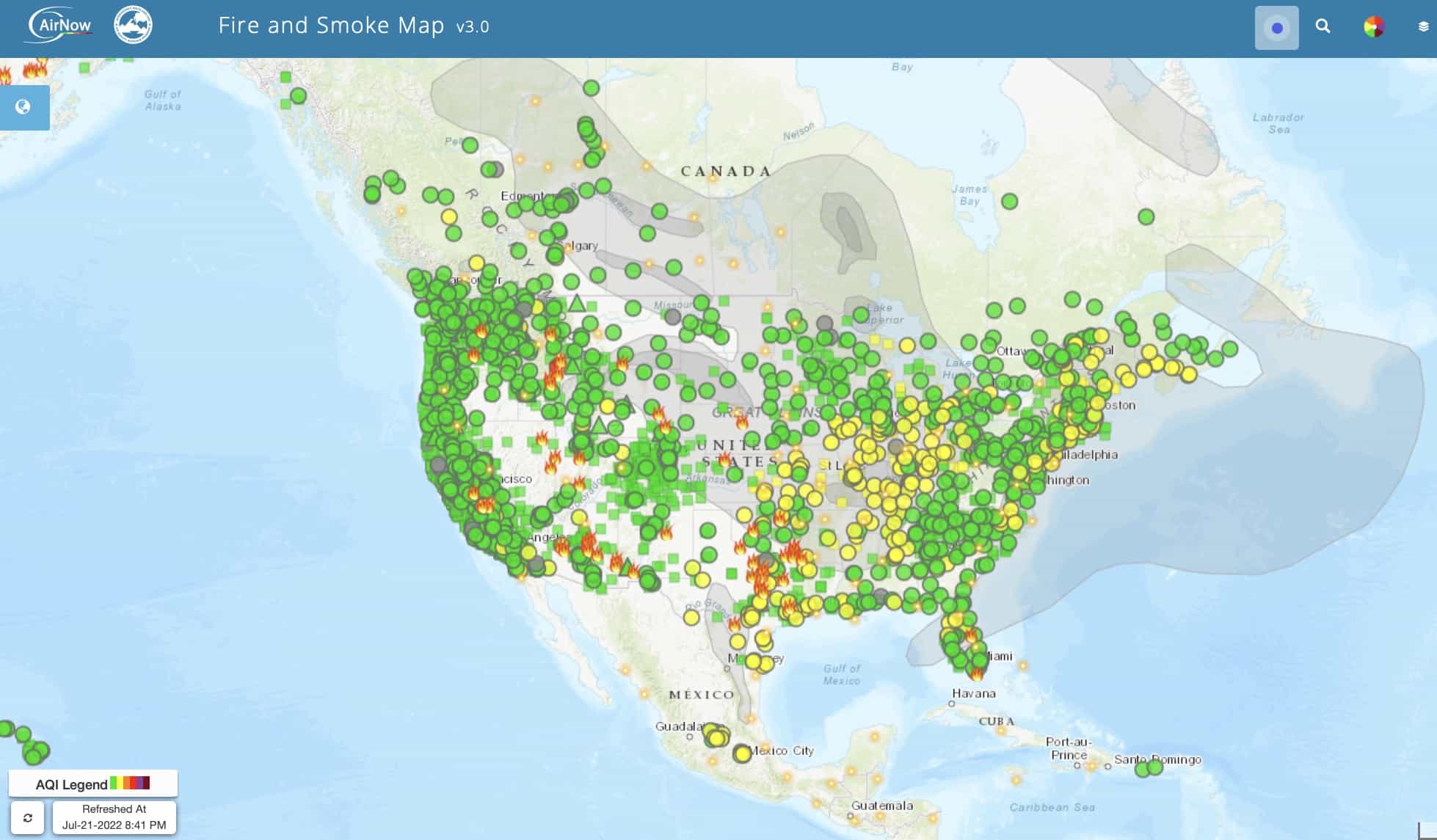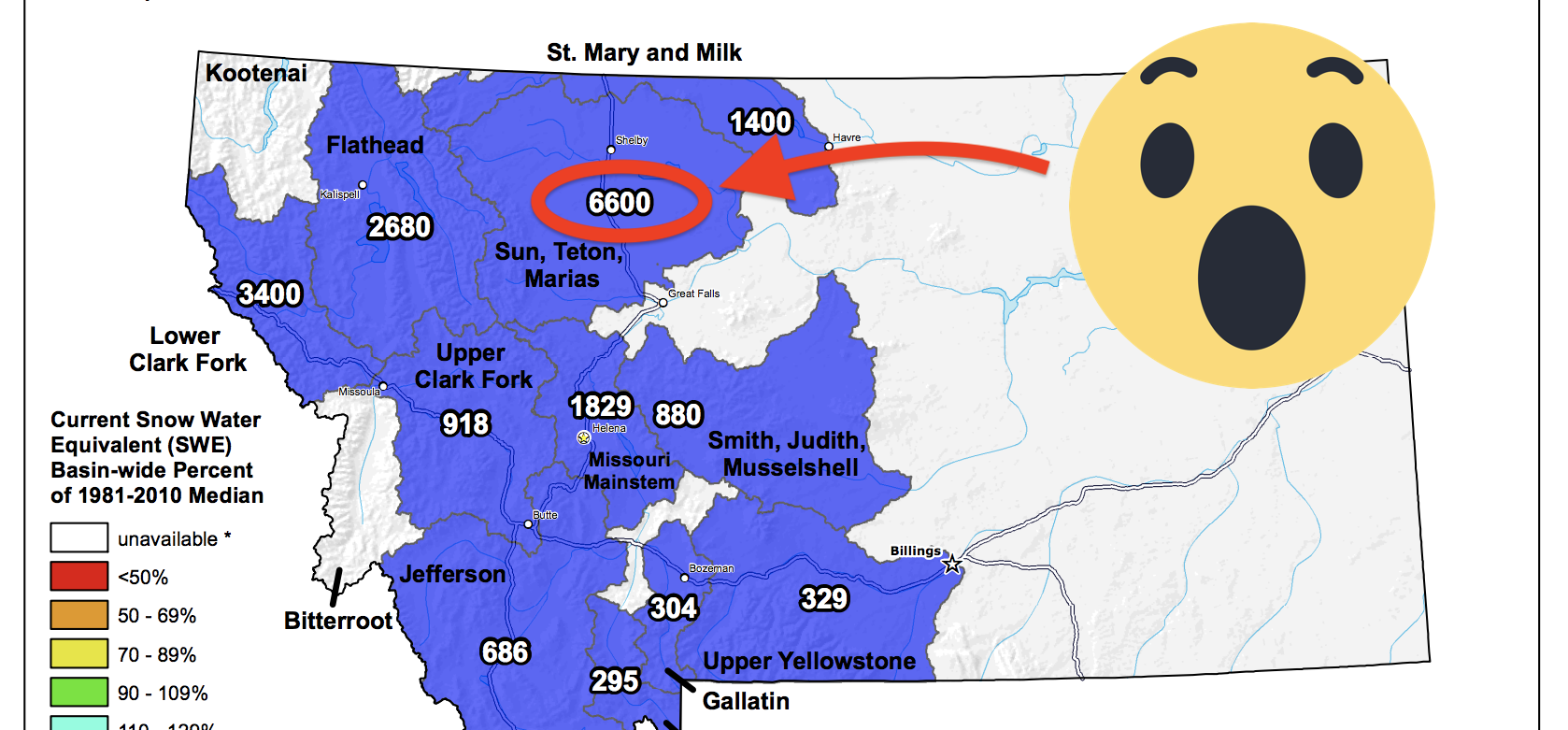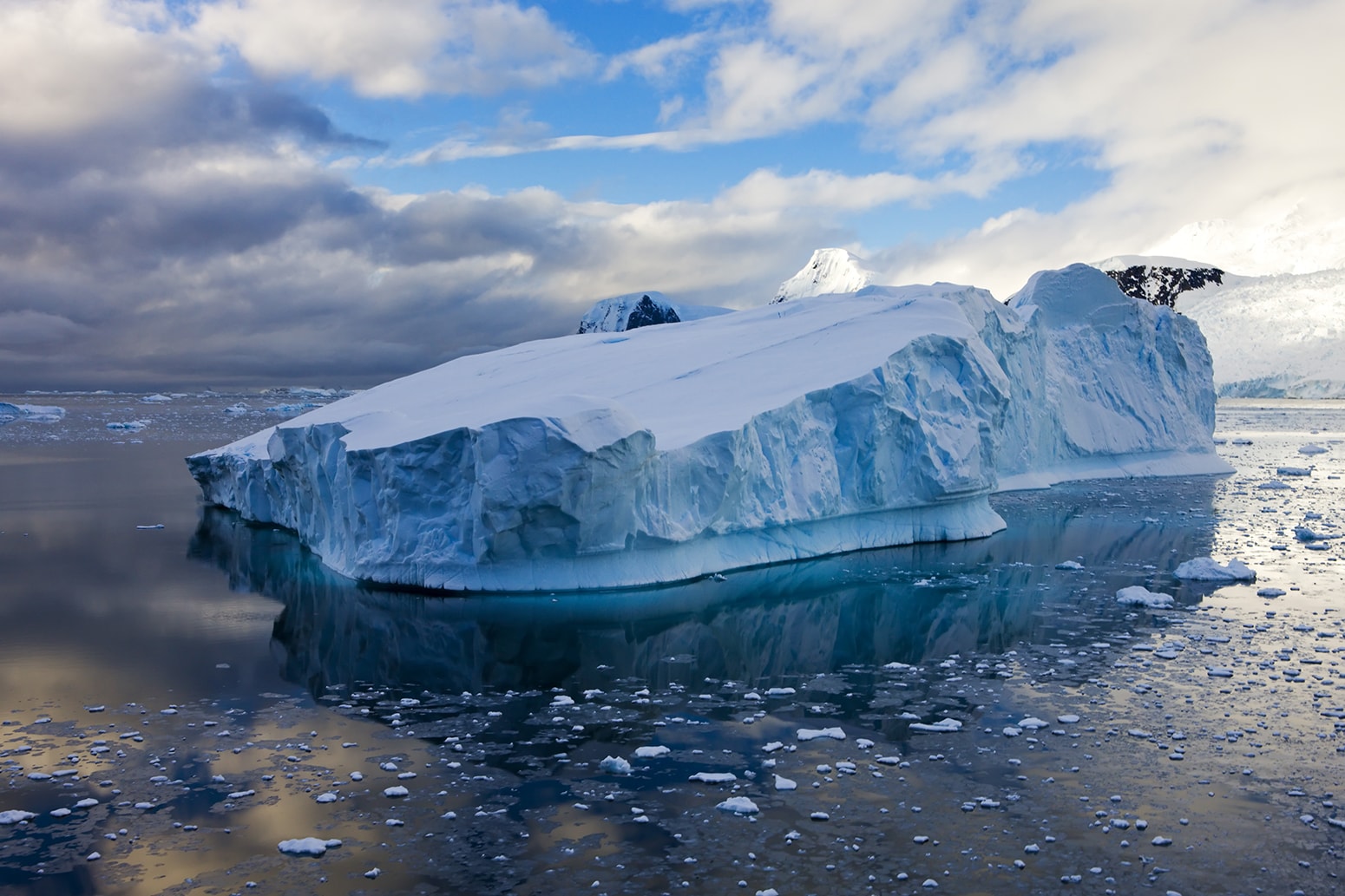
How cloudy is it in Antarctica right now? Probably very since it is the cloudiest place on Earth. Why does it matter? Well, because, those clouds and their reflectivity play an important role in climate change, and climate models use data about the clouds to make predictions.
Surprisingly, the climate models have all been wrong. How can that be? Well, the models have been predicting the wrong kinds of clouds over the Southern Ocean. Sounds trivial right? But this error is actually a very important distinction that can skew predictions.
Basically, since the Southern Ocean is so remote, there haven’t been very many studies of clouds in that area. Due to the lack of data, climate models have been assuming the clouds over the Southern Ocean are the same as the ones in the Northern Hemisphere. Recently, a research team realized this was not the case.
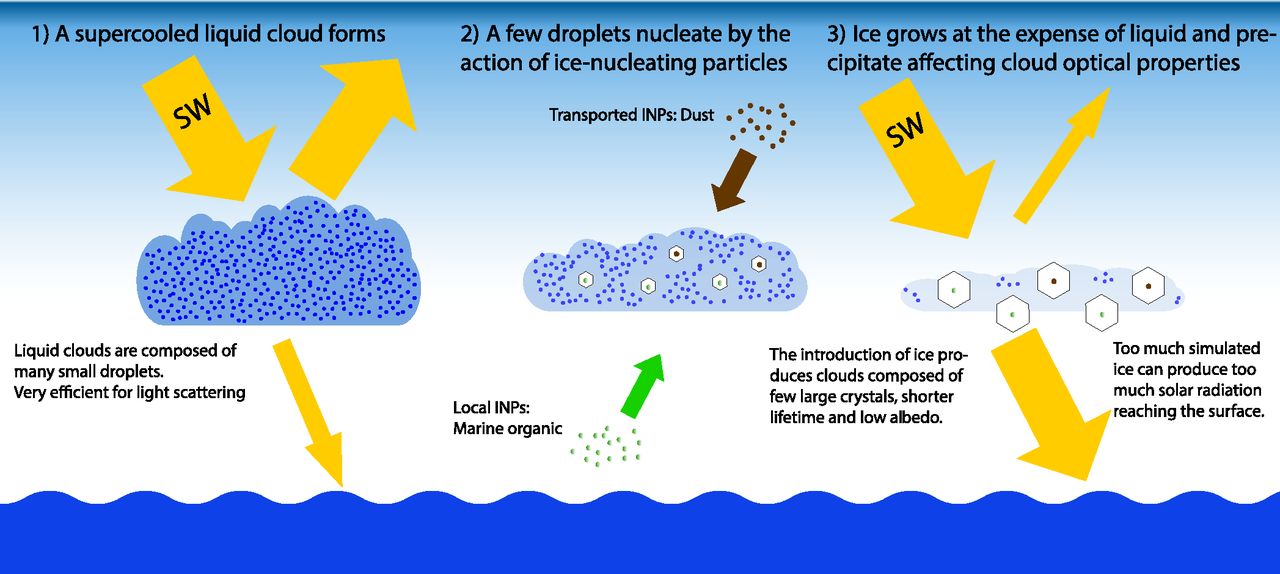
A basic distinction between types of clouds is ice versus liquid clouds. Ice clouds don’t reflect as much sunlight, they release more precipitation and they don’t last as long as liquid clouds. The models were predicting that there were more ice clouds than there actually were. To figure out why there were so many liquid clouds, a team of researchers from Colorado State University got creative.
It all comes down to the types of particles in the air. Marine particles form liquid clouds while land particles form ice clouds. It is hard to directly measure particles in the air, so the researchers looked at bacteria in the air. What they found is that there were almost exclusively marine bacteria and no land-based bacteria. Hence, there were more marine particles to form more liquid clouds.
So, why does all this matter? Because climate models will be more accurate and we now know that the liquid clouds are reflecting a lot more sunlight in the region meaning they are keeping the Earth cooler.
